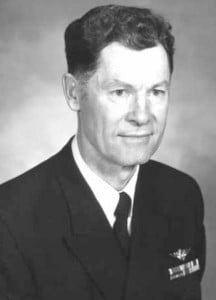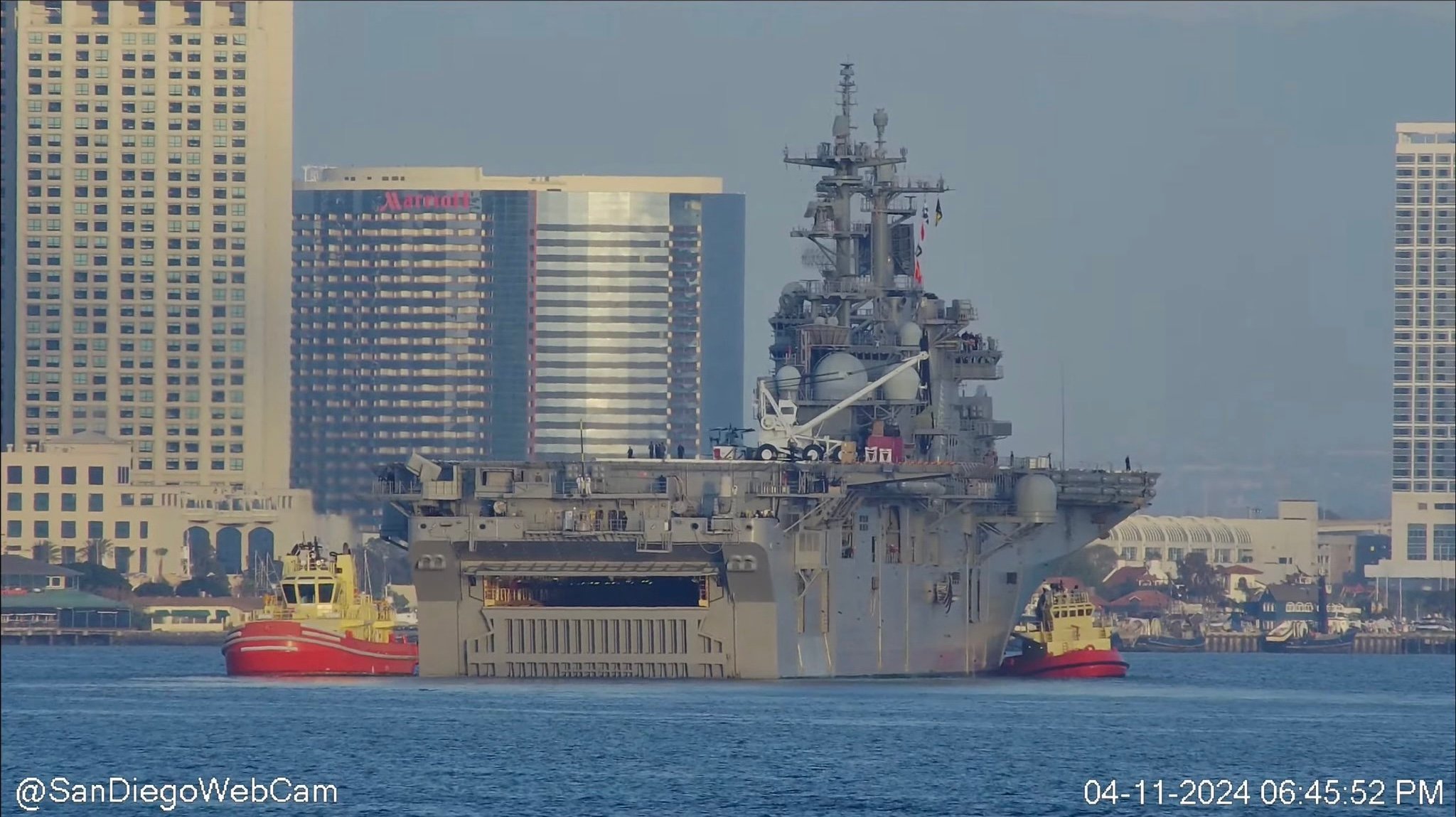Naval History, October 2012
During World War II, the war-ship that made the largest contribution to victory in the Pacific was the aircraft carrier USS Enterprise (CV-6)—hands down. By war’s end, though, newer and more capable members of the Essex class had surpassed “the Big E.” The ship was soon decommissioned, and in 1959 she was scrapped—despite efforts to pre-serve her as a museum and memorial. Her legacy was perpetuated, however, in that she bequeathed her famous name to the world’s first nuclear-powered air-craft carrier, which was commissioned in November 1961.

The namesake carrier, originally CVA(N)-65 and later CVN-65, is now on her 22nd and final overseas deployment, serving with the 5th and 6th fleets. When she returns to the United States this autumn, she will be inactivated and then defueled. The current Enterprise , like her World War II counterpart, will be scrapped. The process of removing her eight nuclear reactors will so disfigure the ship that she will not be recognizable as an aircraft carrier and thus not suitable as a museum. But what a record she has com-piled. Her longevity is truly remarkable.
As she began her active service 50 years ago, the Enterprise initially went on a shakedown cruise based out of Guantánamo Bay, Cuba, with Carrier Air Wing One on board for the training period. When she next returned to the area, the circumstances were much less benign. In the meantime, she hosted a visit in April 1962 from President John F. Kennedy, who was on board to watch fleet operations.
In August of that year, she began her first deployment, a voyage to the Mediterranean. She carried with her Air Wing Six, which had recently received a new skipper, Commander Kent L. Lee. Lee had grown up on a South Carolina farm and from his youth was enamored of aircraft. In 1940 he enlisted and became an aviation machinist’s mate. During World War II, as retired Vice Admiral Lee recounted in his U.S. Naval Institute oral history, he underwent flight training and flew in Commander David McCampbell’s famed Air Group 15 on board the Essex (CV-9). In the years afterward he moved steadily forward, including a high-level tour with the joint nuclear-weapons targeting command in Nebraska. In 1962 he was gratified to get command of an air wing, the top flying job in carrier aviation.
The mission for the Enterprise ’s first deployment, to the Mediterranean, was show-and-tell about this wondrous new warship. The embarked carrier division commander, Rear Admiral John T. Hayward, had been so eager to make the voyage that he had given up a three-star job and reverted to two-star rank. He had an outgoing personality that was well suited for the meet-and-greet role with foreign dignitaries.
Lee and members of his air group participated in one firepower demonstration after another. Included in the cruise were simulated nuclear-weapons flights, as well as war games that involved NATO allies. The downside, in Lee’s view, was the result of the spit-and-polish atmosphere dictated by the ship’s command. As the former aircraft mechanic put it, “It was very difficult to have airplanes up and ready to go without working on them and getting a little grease scattered around.” With it all, the deployment was a success.
The Enterprise got home to Norfolk in early October 1962, and the air group went ashore, only to be recalled shortly for what became known as the Cuban Missile Crisis. She saddled up with a complement of fighter and attack planes and headed south. The ship had intelligence photos of the missile sites in Cuba. Lee and his cohorts drew up plans to attack them with nonnuclear “iron bombs,” that is, without the stand-off guided capability that came later, during the Vietnam War. The air group rehearsed at sea by loading bombs and dropping them during practice runs. As Lee remembered, the plan for Cuba was to go in low, attack both antiaircraft and nuclear missile sites, and then haul out. The pilots were on daily standby.
On 28 October, the world breathed a collective sigh of relief as nuclear war was averted. Soviet Premier Nikita Khrushchev backed down and agreed to remove the offending missiles from Cuba. For Commander Lee the most hair-raising event of the whole sequence had come two days earlier. He was flying an A-4 Skyhawk to take part in practice bombing runs on a sled towed behind the carrier. After being airborne for half an hour, one of his pilots reported by radio that Lee’s plane was smoking and burning. He discovered that he had no control over the aircraft and decided to eject at 10,000 feet. The ejection seat and parachute worked as advertised, and he was rescued by helo.
When it came time to leave his air wing the following year, Lee was in touch with the Bureau of Naval Personnel. His detailer said that Vice Admiral Hyman Rickover was interviewing candidates for the nuclear-power program, and even though Lee had no interest in it, he agreed to fill out a group of interviewees. The aviators who wanted to be in the program didn’t get in. Lee, who was relaxed because he figured he was just there to do a favor for the detailer, passed the interview process, and Rickover selected him for nuclear training.
In 1967 Lee became commanding officer of the Enterprise and took her on two tours to Vietnam. Unlike the Cuban episode, this time the combat was not just in the planning stage; it was real.




